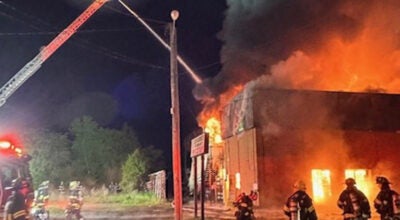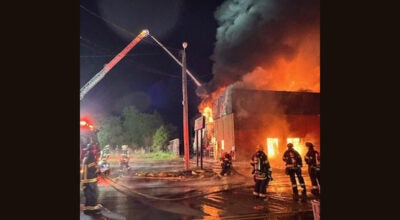To evacuate or not to evacuate?
Published 8:50 pm Tuesday, June 8, 2010
When it comes to hurricanes, Capt. James T. Judkins has one fear: a strong storm that makes landfall at North Carolina’s Outer Banks and moves northwest — very slowly.
That is the worst-case scenario for Hampton Roads, says Judkins, who is the emergency management coordinator for Suffolk.
However unlikely that is, even in a hurricane season predicted to be very active, Judkins knows the possibility is always out there.
“This is looking to be a relatively active season, but I don’t really care if this is an active season or not,” Judkins said. “It only takes one.”
Judkins hopes a large-scale, mandatory evacuation for Suffolk is not on the agenda for this summer. For a mild to moderate storm, most people in Suffolk who have to evacuate or go to a public shelter will do so only because of flooding, Judkins said.
“We encourage folks to learn about where they live,” particularly as it relates to flooding, Judkins said. With his help, residents can get a map of projected flood levels at their home and surrounding areas with different levels of storm surges and non-tidal flooding.
“Their house may be high and dry, but the roads leading to them may flood,” Judkins said.
In addition to flooding, people who live near a large number of tall trees, those who live in manufactured housing, or those who depend on electricity to survive should seek shelter at a friend’s house or motel out of harm’s way, or in a public shelter, Judkins said.
In Suffolk, more than a dozen schools and other public buildings are designated as emergency shelters, with a total capacity of 7,250. The best predictions indicate about 4,200 people would seek public shelter during a hurricane, Judkins said.
Of the shelters, King’s Fork High School is the main one, with full generator capacity, including heating and air conditioning. Six other shelters are partially generator-powered, meaning that temperature control is not hooked up to generators, but the lights and kitchen are. Nansemond River High School is designated as a pet-friendly shelter.
In addition to a severe storm approaching, Judkins worries that Suffolk residents will get complacent after several years of escaping severe hurricanes.
“Because Isabel is the storm that’s closest to our memory, people think they’ve experienced the worst, and that was not the worst,” Judkins said, noting that Isabel, once a Category 5 hurricane, had weakened severely by the time it made it to Hampton Roads in September 2003. “People need to be prepared.”
In general, the question “Do I evacuate or not?” can be answered, Judkins said, by knowing the dangers surrounding your home well in advance and listening to the advice and orders of local emergency personnel. Even if a large-scale evacuation is not ordered, many could be in more danger than the general population. Knowing your specific dangers will help guide your decision.






